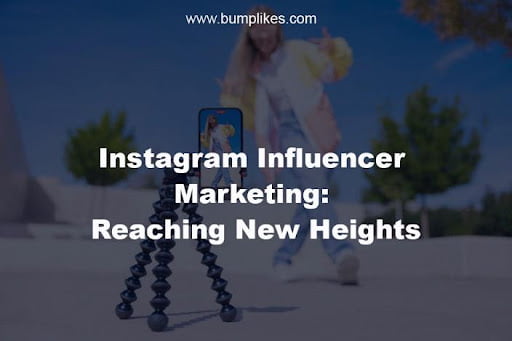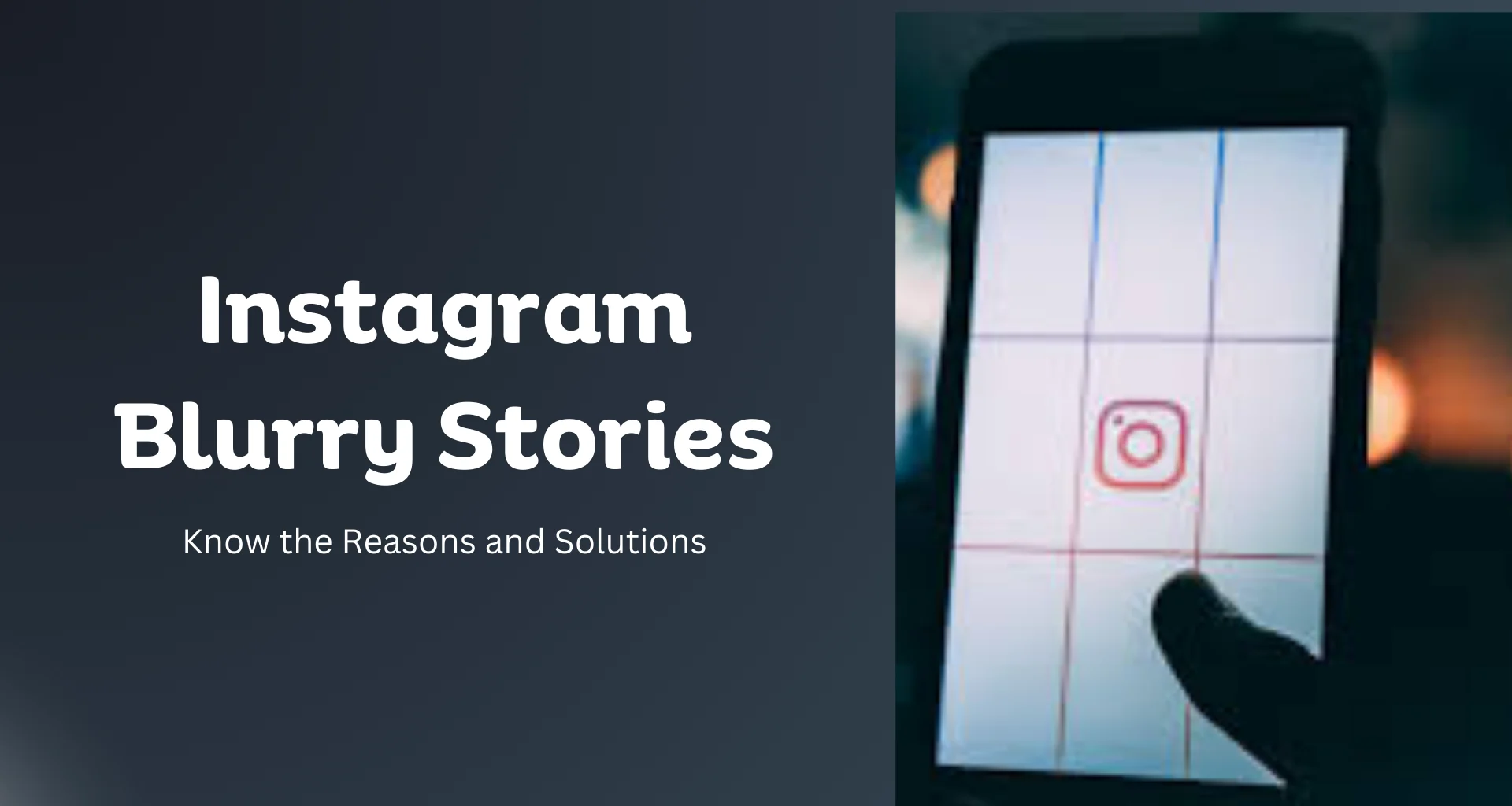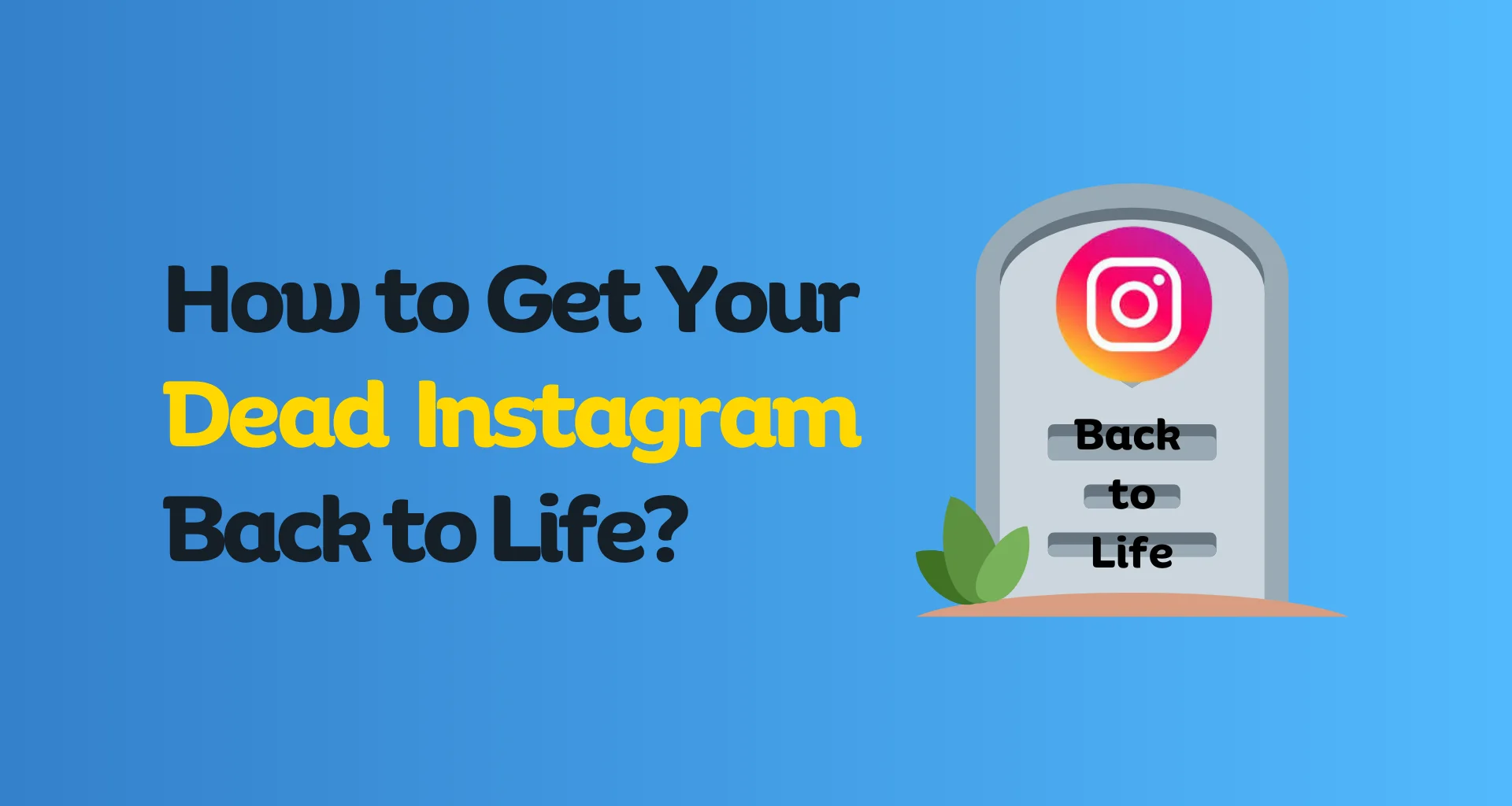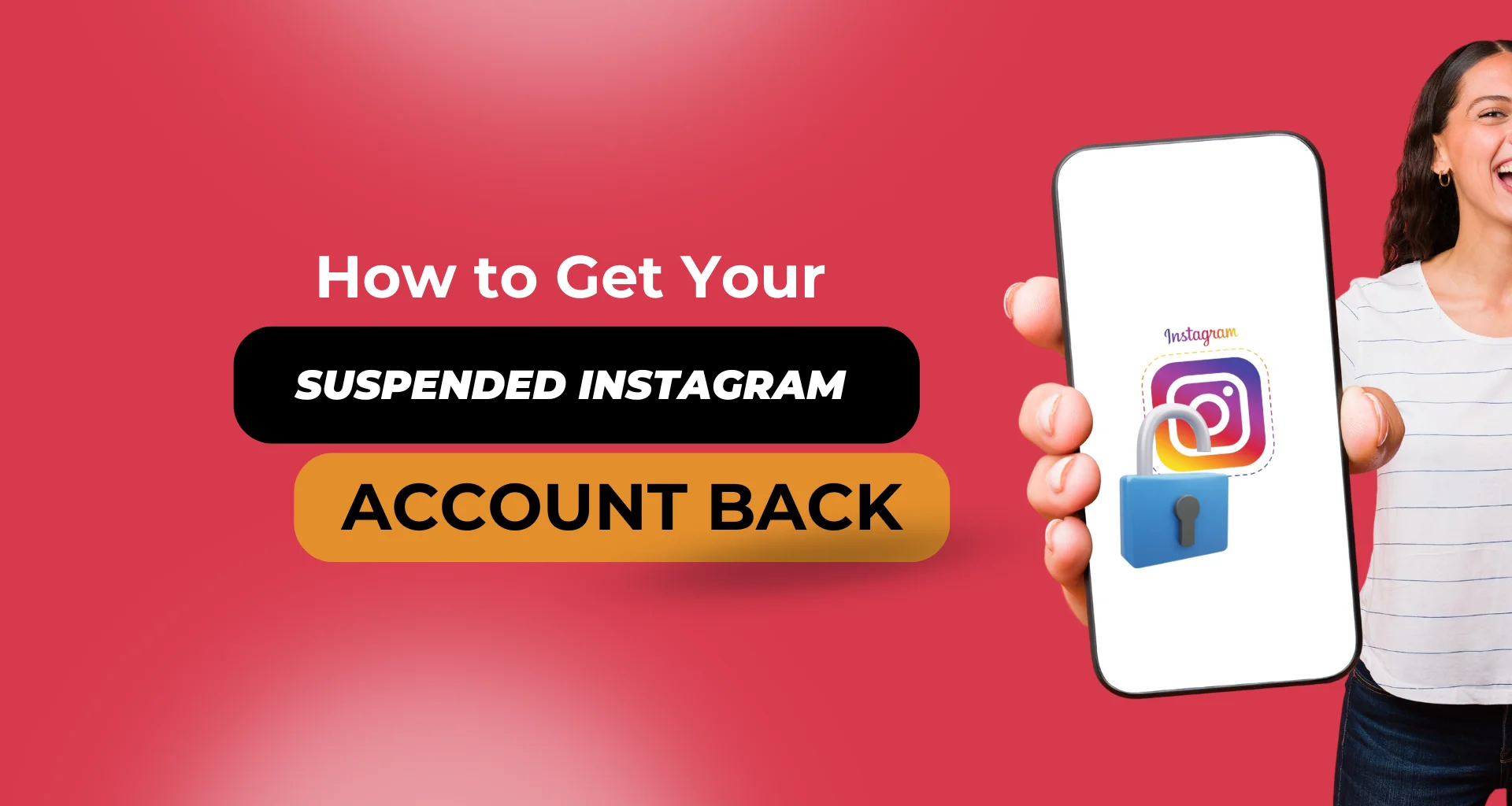Instagram has become a major player in the world of digital marketing. With its massive user base, it’s no surprise that brands are turning to Instagram influencers to help them reach their target audience. This type of marketing can be incredibly effective, allowing companies to connect with potential customers more authentically and engagingly. In this blog post, we’ll take a closer look at Instagram influencer marketing and explore the different strategies that brands can use to succeed on this platform.
What is Instagram Influencer Marketing?
Instagram influencer marketing involves collaborating with popular users, known as influencers, who have a large and engaged following on the platform. These influencers have established themselves as authorities or trendsetters within specific niches, making them ideal partners for brands looking to expand their reach.
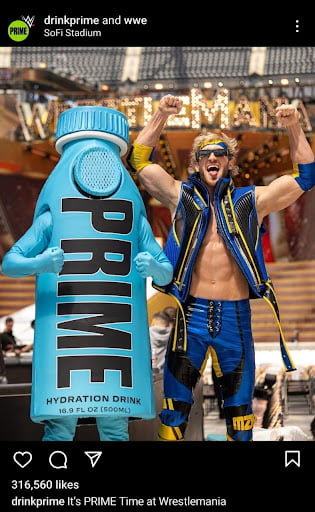
The appeal of influencer marketing lies in its ability to facilitate authentic and relatable brand promotions. Rather than traditional advertising, which can be perceived as intrusive, influencers present products and services in a way that resonates with their audience, fostering a sense of trust and credibility.
The Benefits of Instagram Influencer Marketing
a. Expanded Reach and Engagement: Influencers possess an extensive and dedicated fan base. Partnering with them allows brands to tap into new demographics and gain access to potential customers who may not have been reached through other marketing channels.
b. Enhanced Credibility: Influencers are seen as trusted sources of information. When an influencer endorses a product, it carries more weight than a typical ad campaign, boosting the brand’s credibility and reputation.
c. Authenticity and Relatability: Influencers often create content that feels authentic and genuine, making it easier for brands to establish an emotional connection with their target audience.
d. Cost-Effective Marketing: Compared to traditional advertising methods, influencer marketing can be a cost-effective way to promote products and services, particularly for smaller brands with limited marketing budgets.
Identifying the Right Influencers
Choosing the right influencers is critical for a successful campaign. Several factors should be considered:
a. Relevance: The influencer’s content and audience should align with the brand’s niche and target demographic.
b. Engagement: Look for influencers with high engagement rates (likes, comments, shares) rather than just a large number of followers. High engagement indicates an active and involved audience.
c. Authenticity: Access the influencer’s authenticity by reviewing their past collaborations and gauging how genuine their endorsements appear.
d. Metrics and Analytics: Utilize tools that provide data on an influencer’s performance, demographics, and audience insights to make informed decisions.

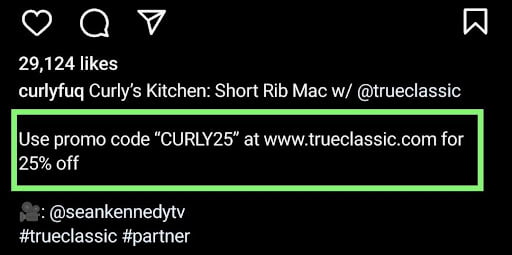
Crafting an Effective Influencer Marketing Strategy
a. Define Clear Objectives: Determine the goals of the campaign – whether it’s to increase brand awareness, drive website traffic, or boost sales – and tailor the influencer’s content accordingly.
b. Build Authentic Partnerships: Instead of issuing directives, involve influencers in the creative process. Let them showcase the brand in their unique way, ensuring authenticity in their endorsements.
c. Creative and Engaging Content: Collaborate with influencers to create content that aligns with their style while incorporating the brand’s message effectively.
d. Tracking and Measuring: Implement trackable links and unique promo codes to measure the campaign’s success accurately.
e. Compliance and Disclosure: Ensure that influencers comply with advertising guidelines and disclose their partnerships with the brand.
Leveraging Different Types of Influencers
a. Macro-Influencers: These influencers have a substantial following, typically ranging from hundreds of thousands to millions. They are best suited for creating widespread awareness and exposure.
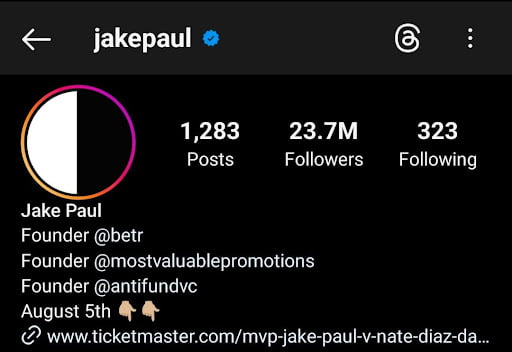
b. Micro-Influencers: Micro-influencers have a smaller but highly engaged following within specific niches. They are ideal for targeting niche markets and fostering deeper connections with the audience.

c. Nano-Influencers: Nano-influencers are individuals with a smaller following, often under 10,000, but with extremely loyal and enthusiastic fans. They can be effective for hyper-local marketing efforts.
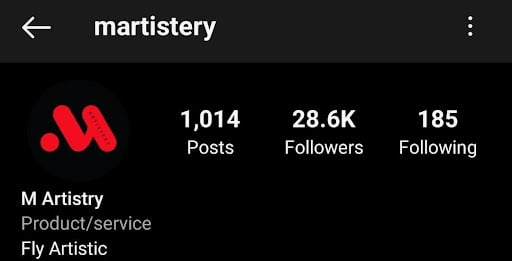
The Evolution of Influencer Marketing on Instagram
As Instagram continues to evolve, so does influencer marketing. Several trends are shaping the future of this marketing strategy:
a. Influencer Marketing Platforms: The rise of dedicated influencer marketing platforms simplifies the process of finding, connecting, and collaborating with influencers.
b. Video Content: Video-based content, such as Instagram Reels and IGTV, is gaining prominence, offering new opportunities for influencers and brands to engage their audiences.
c. Augmented Reality (AR) Filters: AR filters are becoming increasingly popular, allowing influencers to create interactive and shareable experiences for their followers.
d. Long-term Partnerships: Brands are recognizing the value of long-term partnerships with influencers, building deeper and more meaningful connections with their audience.
e. Influencer Diversity: Brands are shifting towards promoting diversity and inclusivity by collaborating with influencers from various backgrounds and demographics.
Influencer promoting case considers: effective campaigns
Brands that have effectively utilized influencer marketing:
NIVEA collaborated with 100 influencers to advance its Secure and Care sunscreen. The influencers made substance approximately its sunscreen and shared it on their social media channels. The campaign comes about in a 20% increment in deals of sunscreen. Moreover, examined: Nivea feeds tall engagement with different miniaturized scale creators.
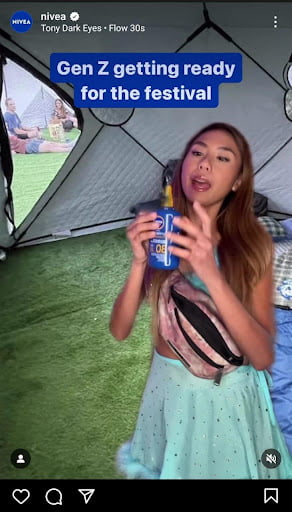
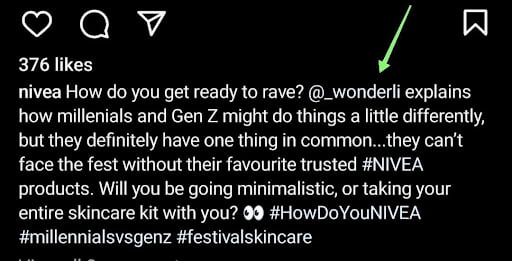
ASOS collaborated with 50 influencers to advance its unused collection of clothing. The influencers made substance around the collection and shared it on their social media channels. The campaign brought about a 15% increment in deals of the collection.
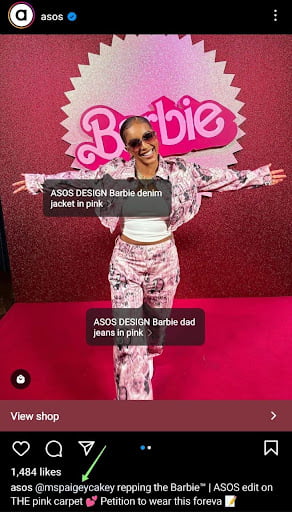
Coca-Cola joined forces with 10 influencers to advance its unused flavor of Coke Zero. The influencers made substance around the flavor and shared it on their social media channels. The campaign comes about in a 10% increment in deals of the flavor.
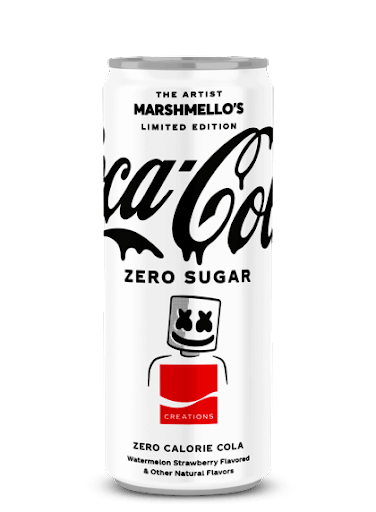
Conclusion
Instagram influencer marketing. It is a game-changer for businesses looking to connect with their audiences. But, it’s crucial to have a solid plan in place, understand your target audience, and be adaptable to the changes in social media. By doing so, you can achieve great success in this ever-evolving marketing channel and stay ahead of the competition.
